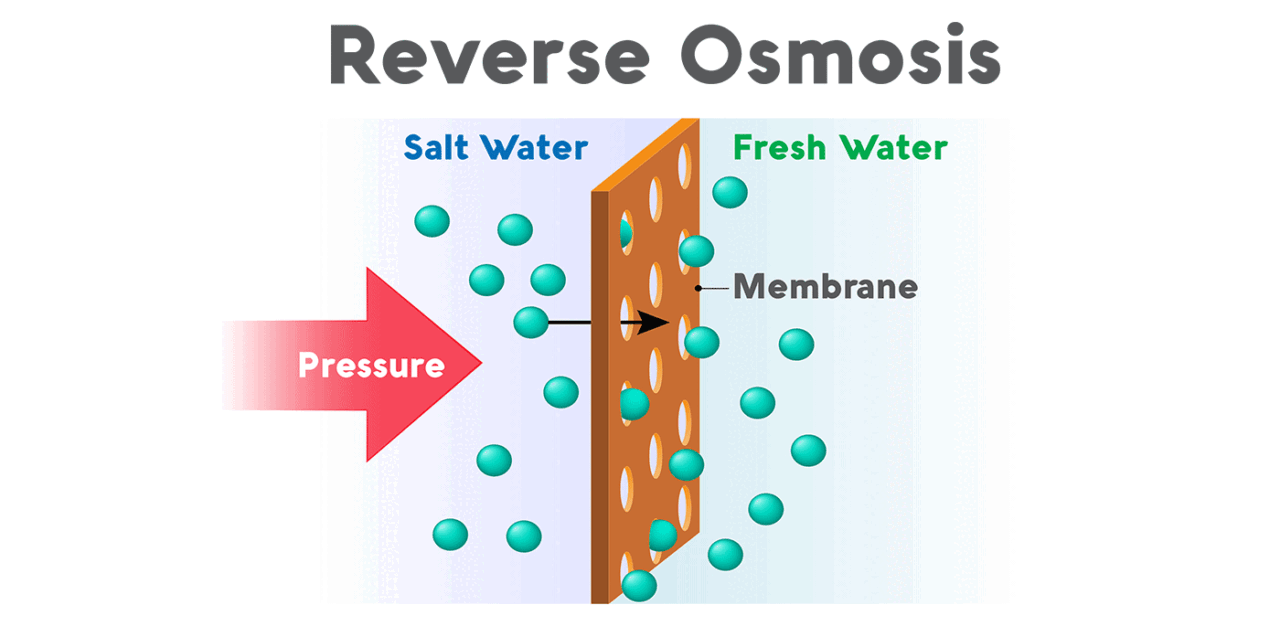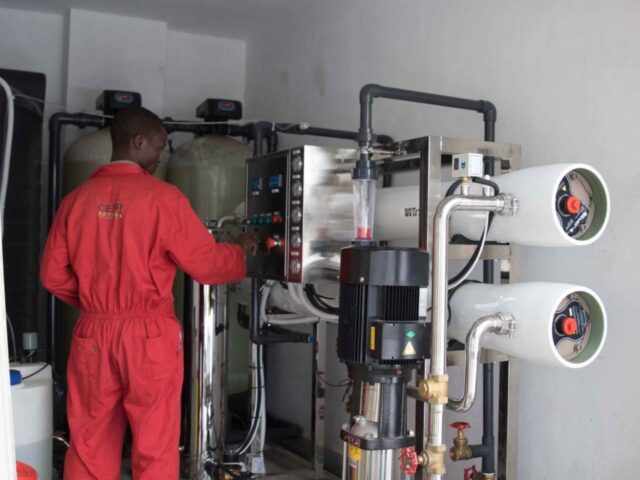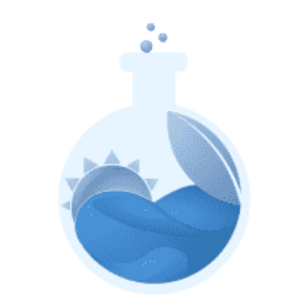Reverse Osmosis (RO) is one of the water treatments that has a highly effective water purification process. It is widely used to produce clean and safe drinking water from various sources, including seawater, brackish water, and even contaminated freshwater.
The process of RO involves pressure to force water molecules through a semi-permeable membrane that has extremely small pores that selectively allow only pure water molecules to pass while rejecting impurities and contaminants such as salts, minerals, and other impurities1. The impurities and contaminants effectively separate them from the purified water, and the water can flow to the next layer.

With this process, RO is one of the most effective water purifiers because it has the capability to remove up to 99% of impurities and contaminants2. This process not only removes harmful substances but also improves the taste, odor, and appearance of the water. After the process, we can get purified water that is safe to be used for various purposes.
In conclusion, RO is a valuable tool for producing clean and safe drinking water from a variety of sources. With applications ranging from residential water filtration to industrial processes and wastewater treatment, RO plays a vital role in ensuring water quality and availability for people.
Source:





